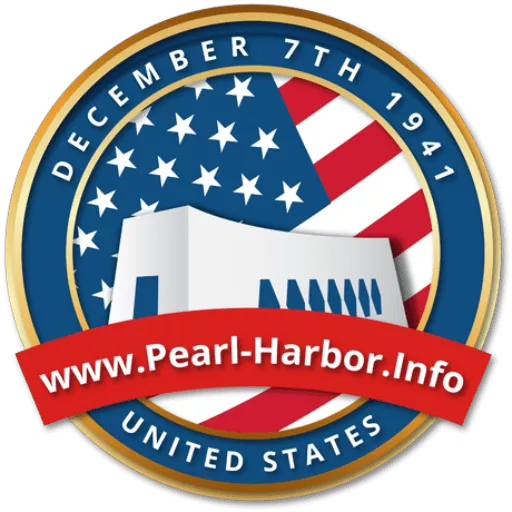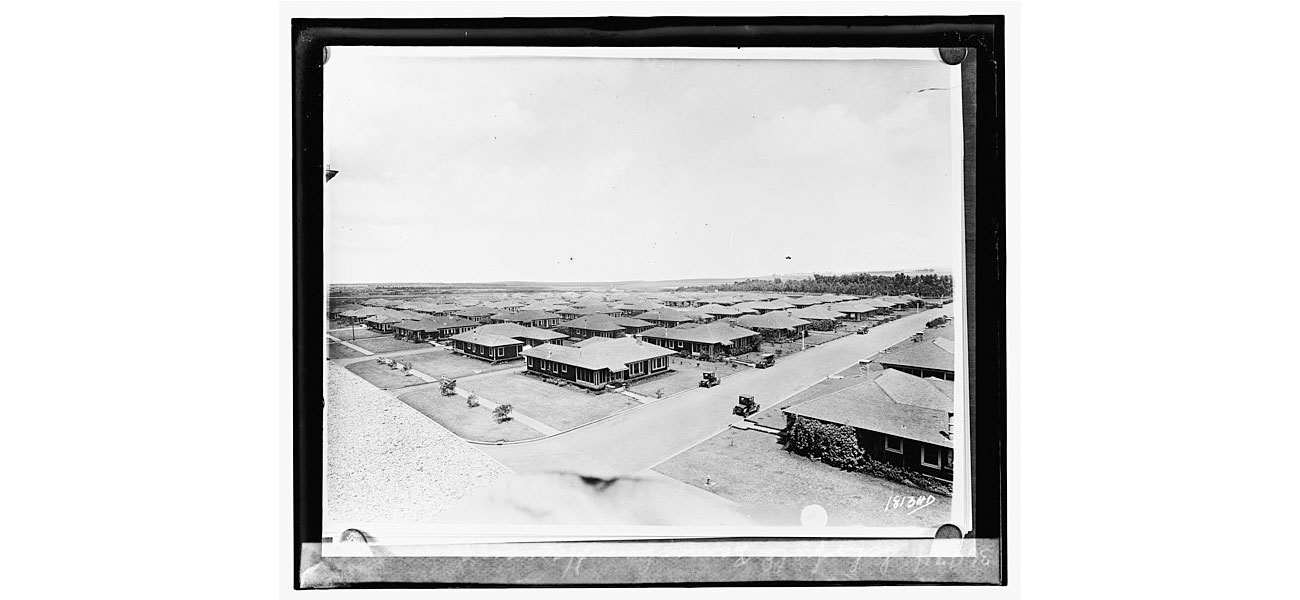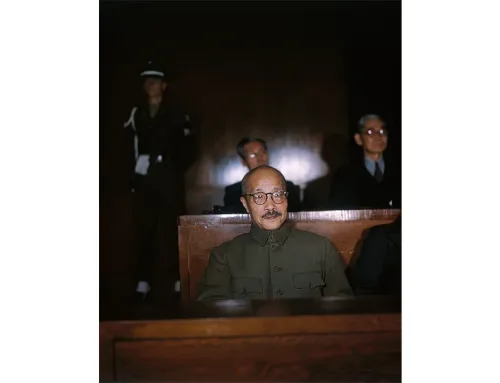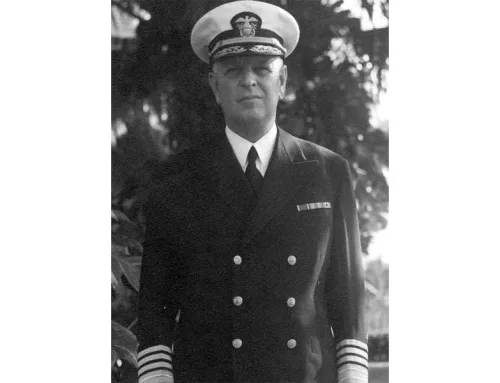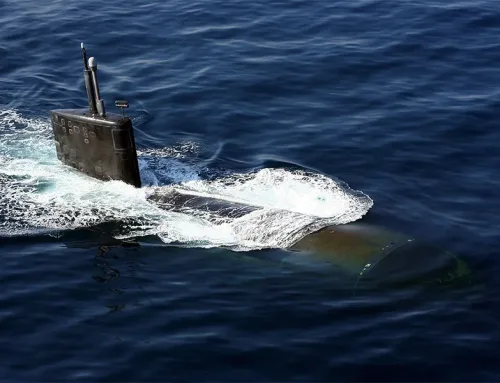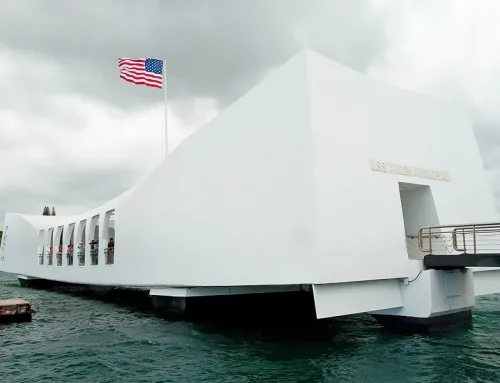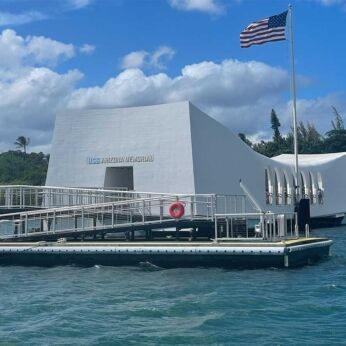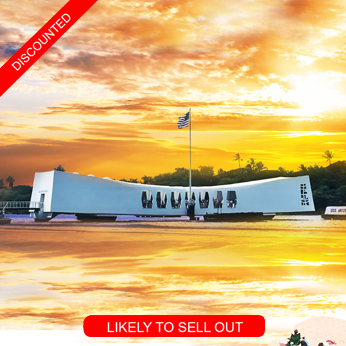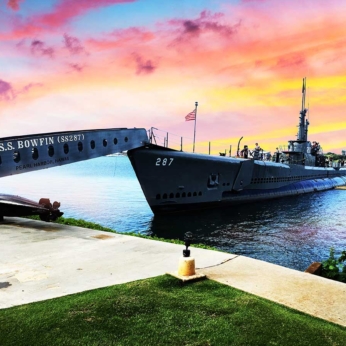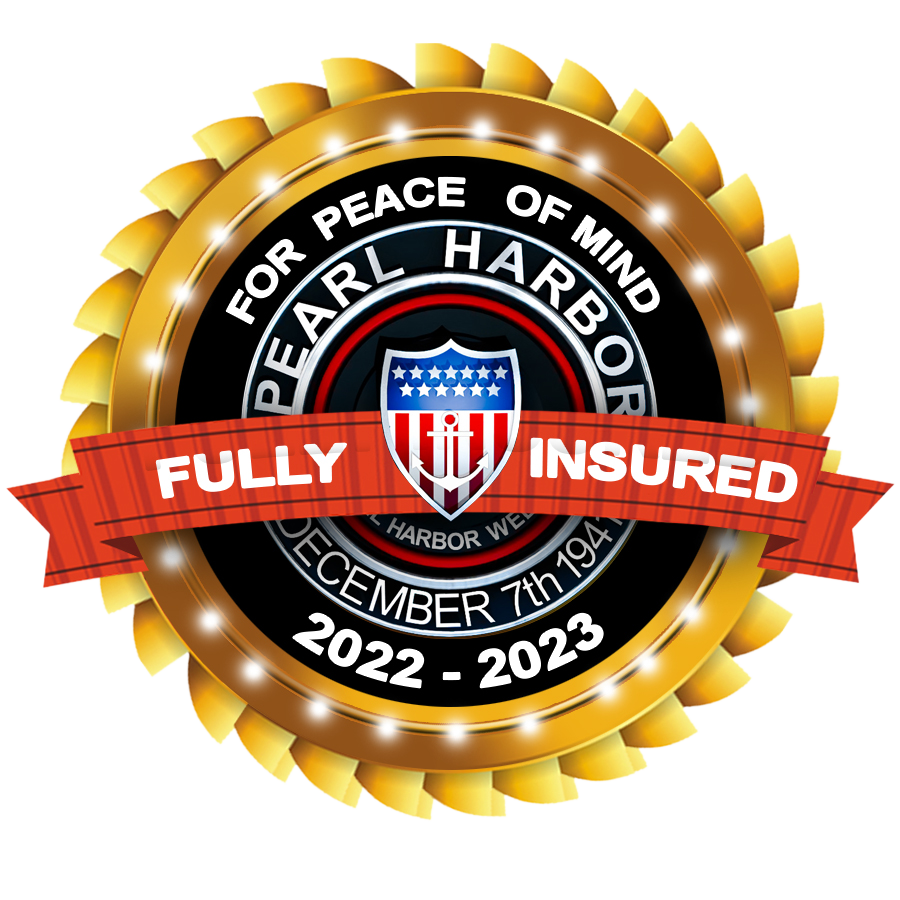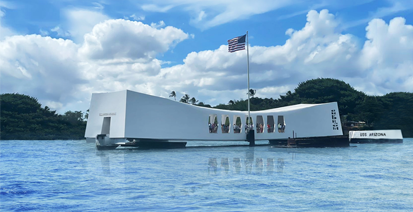Other Targets: Schofield Barracks
Schofield Barracks, Hawaii, National Photo Company Collection, 1925, Library of Congress <https://commons.wikimedia.org/wiki/Library_of_Congress>'s Prints and Photographs division <https://www.loc.gov/rr/print/>, PD-No Notice
Schofield Barracks, an iconic military installation on Oahu, played an unexpected role during the infamous Pearl Harbor attack on December 7, 1941. Originally established in the late 19th century, the barracks were part of a broader U.S. military strategy to fortify Hawaii as a defensive stronghold. Although not a primary target, Schofield Barracks sustained significant damage as Japanese forces aimed to neutralize American counterattacks by targeting nearby airfields, including Wheeler Army Airfield, located just across the road.
The establishment of Schofield Barracks dates back to recommendations made by Lieutenant General John McAllister Schofield in 1872, who emphasized the strategic importance of central Oahu for military defense. However, it wasn’t until 1899 that the land was officially ceded to the U.S. government, and the construction of the base began in earnest in 1908 under Captain Joseph Castner. Initially a temporary garrison, the base was named in honor of General Schofield and gradually expanded, particularly during World War I, to accommodate growing infantry units.
Schofield Barracks During the Pearl Harbor Attack
On the morning of December 7, 1941, Japanese forces launched a surprise attack on Pearl Harbor, aiming to cripple the U.S. Pacific Fleet. In addition to the naval base, the attackers targeted several military installations across Oahu, including airfields crucial for any potential American counterattack. Although Schofield Barracks wasn’t a primary target, its proximity to Wheeler Army Airfield made it vulnerable. Japanese aircraft strafed the barracks with machine gun fire, causing damage and prompting soldiers stationed there to mount a defense from the rooftops, albeit with limited success.
In the aftermath of the Pearl Harbor attack, Schofield Barracks underwent further development, particularly with the establishment of the Jungle Training Center in 1942. This facility became crucial in preparing U.S. troops for combat in tropical environments, training approximately one million soldiers during its operation. Over the years, Schofield Barracks continued to evolve, adapting to the changing needs of the U.S. military and playing a significant role in various conflicts, including World War II, the Korean War, and the Vietnam War.
Schofield Barracks Today
Today, Schofield Barracks remains a vital military installation, comprising several key areas, including the main post, housing facilities, the East Range Training Area, Kolekole Pass, and Area X, which houses the majority of the training areas. The base also features the 25th Infantry Division Memorial, dedicated to the soldiers who served in World War II and subsequent conflicts. Schofield Barracks continues to be a symbol of American military resilience and a reminder of the strategic importance of Hawaii in the defense of the Pacific.
Schofield Barracks, though not a primary target during the Pearl Harbor attack, played a crucial role in the broader context of the assault on Oahu. Its history, from its establishment in the late 19th century to its evolution during and after World War II, underscores its significance in American military strategy. Today, it stands as a testament to the resilience of the U.S. armed forces and the enduring importance of Hawaii in national defense.
Most Popular Oahu Tours
Best Pearl Harbor Tours

The following tours are recognized as the most popular Pearl Harbor Tours on Oahu. While generally, our price is the lowest in the market now, for a limited time, they are on sale too. Please be advised that Pearl Harbor tickets and USS Arizona Memorial tickets are included in all of our Arizona Memorial Tours, Pearl Harbor small group tours, and private Pearl Harbor tours.
